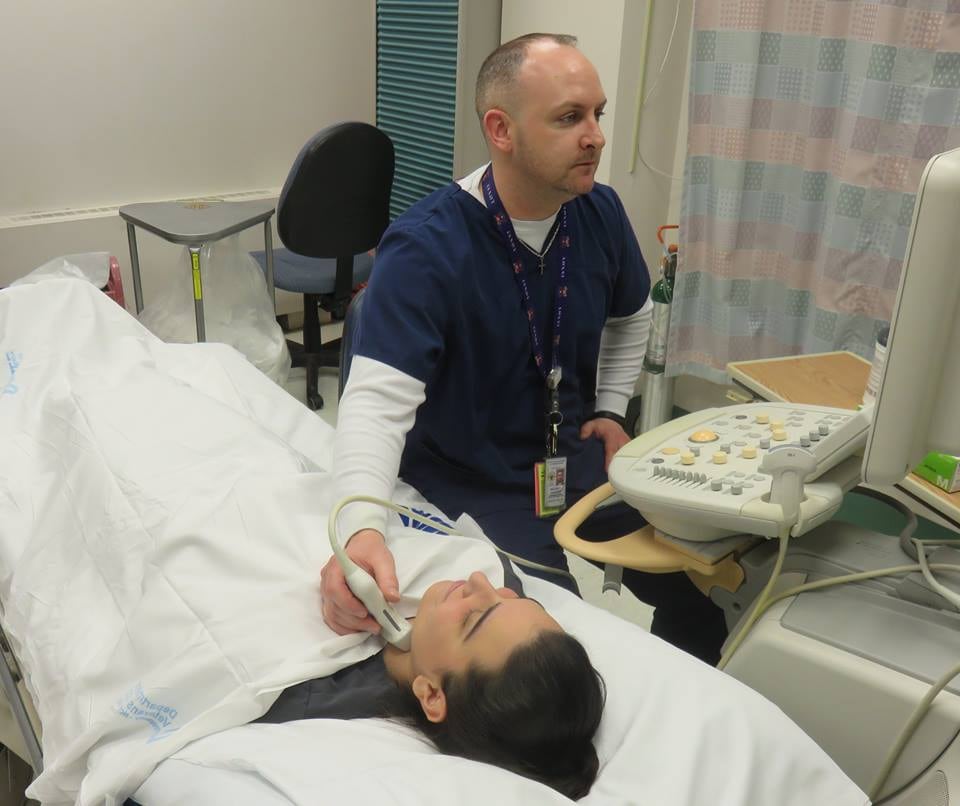If you're looking for a device to track your fitness, alert you to incoming messages and occasionally let you buy stuff with a scan or a tap, there's no shortage of computerized wristwatches to choose from.
Smartwatches and fitness trackers are relatively early devices with a lot of growing up still to do. Temper your expectations, and you might be pleasantly surprised. Just don't go in expecting magic.
Smartwatches for Android
Samsung Gear S2 (starts at $300)
Samsung smartwatches have improved tremendously. Instead of swiping through screen after screen, you now rotate the watch's circular outer ring to select apps or view notifications. The watch faces can display information ranging from stock quotes and headlines to sports scores.
The main shortcoming: limited apps. The Gear S2 works with Android phones but doesn't run Android apps, putting it in a kind of limbo. A few apps from big-name partners like Yelp, The Wall Street Journal and Nokia's Here (for maps) are available, and Uber is coming soon. But most apps I looked for weren't there.
As for exercise, the watch mostly tracks footsteps and heart rate. Its mileage calculation is way off unless you're also carrying a phone with GPS. The Gear model with both GPS and 3G data is about $50 more, plus an additional $5 or $10 a month for data.
Android Wear (starts at $129)
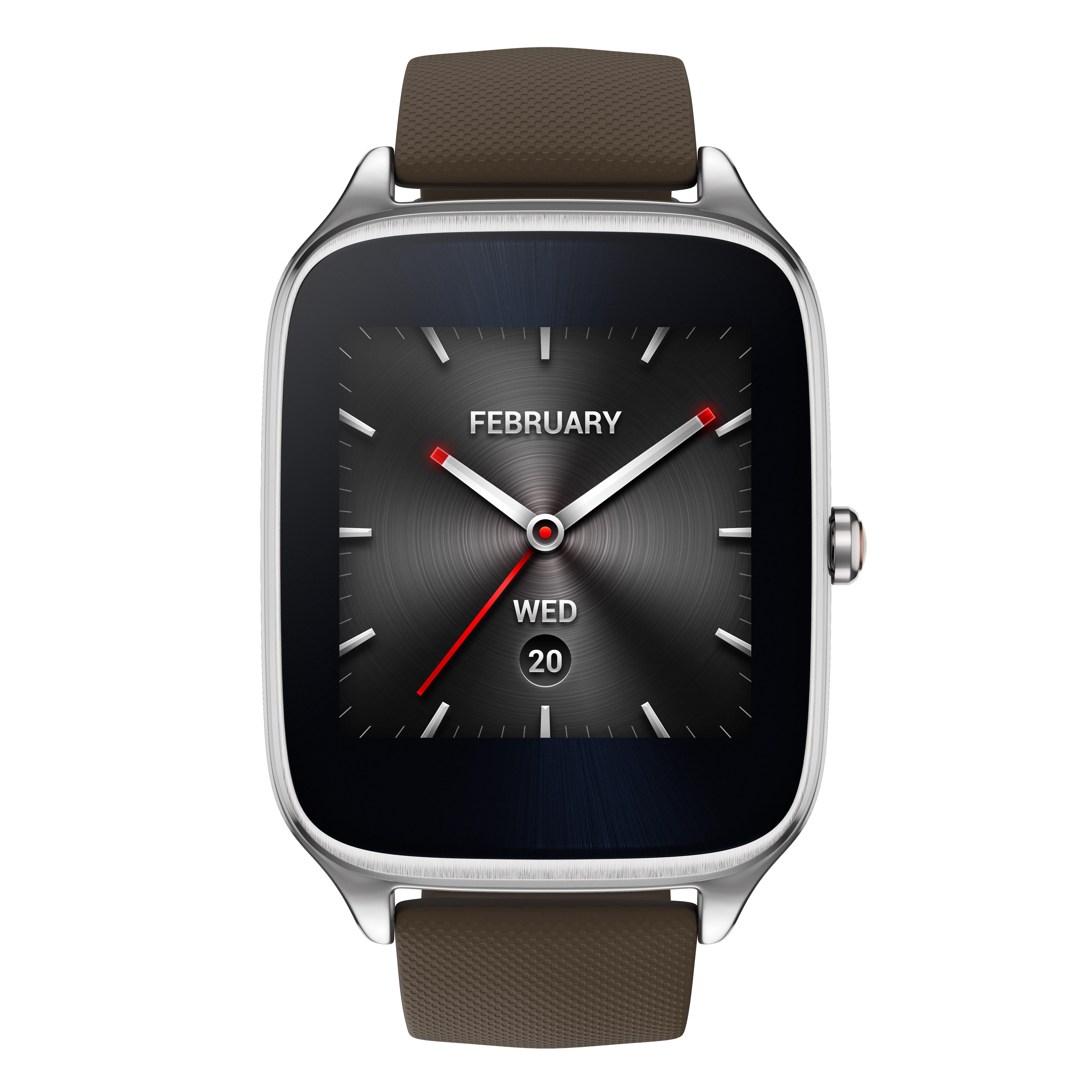
Asus ZenWatch 2
Photo Credit: ZenWatch
Several companies make smartwatches for Google's Android Wear software. I tried the cheapest, Asus's ZenWatch 2.
Android Wear has also gotten better. One swipe gets you apps, with recently used ones on top. Swipe again for contacts and again for common tasks. The screen can stay on without draining the battery, something rare in a smartwatch. App selection has also improved; many apps available for the Apple Watch now have Android Wear versions.
Sony's GPS-enabled SmartWatch 3 worked well for me while running, but other non-GPS devices, including the ZenWatch, were more frustrating.
Android Wear works with the iPhone, but you need an Android phone for full functionality.
Smartwatches for iPhones
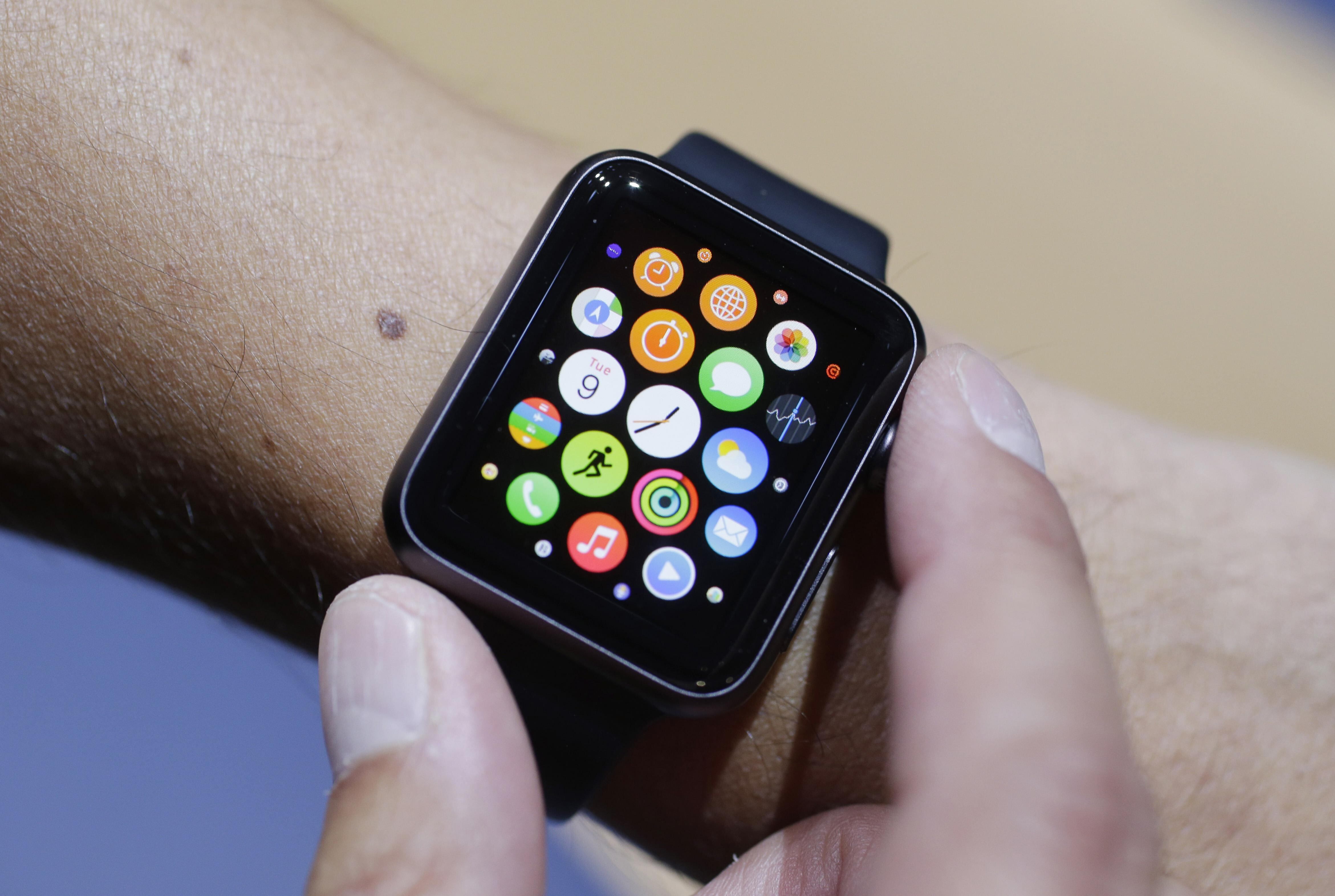
Apple Watch
Photo Credit: Marcio Jose Sanchez
Apple Watch (starts at $349)
Apple put a lot of thought into the Watch, with the inclusion of a lefties mode and a passcode in case you leave it on a bathroom sink somewhere.
Apple Watch stands out in fitness. Although the watch doesn't have GPS, it learns your walking and running patterns when you have the phone with you.
Apple's smartwatch doesn't just count steps. Instead, it challenges — or nags — you to exercise at least 30 minutes a day and to take 12 walk breaks. For a perfect score, you also need to burn a certain number of calories — determined by your age, sex, weight and fitness level. With rival devices, I meet my default goals easily. With Apple Watch, even an 8-mile morning run isn't enough. Bring on the challenge!
Apple Watch lacks advanced features found in sport-specific devices. Battery life isn't as good as Samsung and many Android Wear devices, though I made it through the recent marathons with plenty to spare by turning off the heart-rate monitor.
Fitness-focused for any system
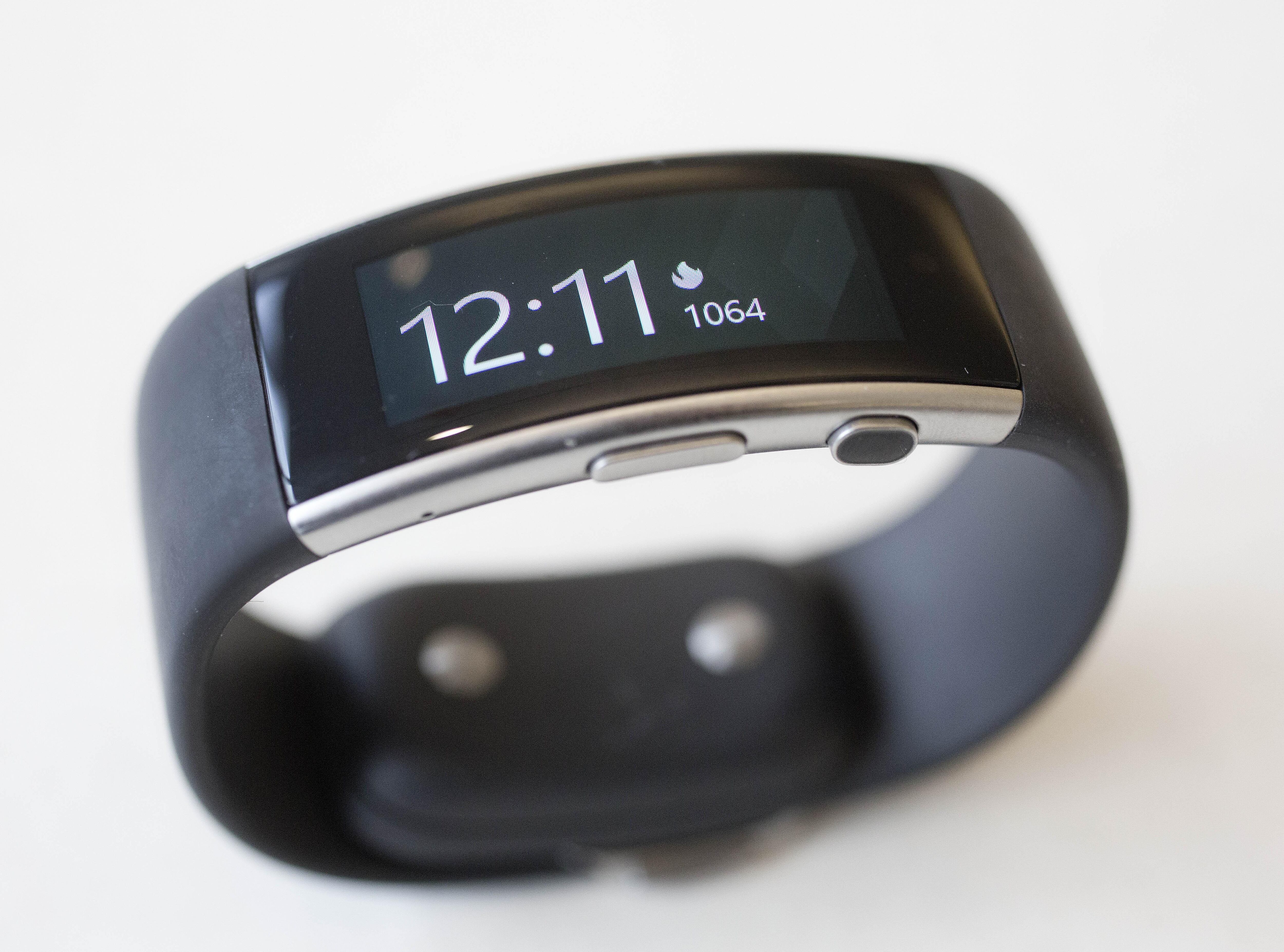
Microsoft Band 2
Photo Credit: Mark Lennihan
Microsoft Band 2 and Fitbit Surge($250 each)
These are among the few fitness trackers with built-in GPS and heart-rate monitors. Don't confuse the Surge with cheaper Fitbit models, which mostly track footsteps. The Surge and the Band are limited smartwatches that can, for instance, notify you of new texts or calls. The Band also offers news headlines and a few apps from the likes of Starbucks and Facebook.
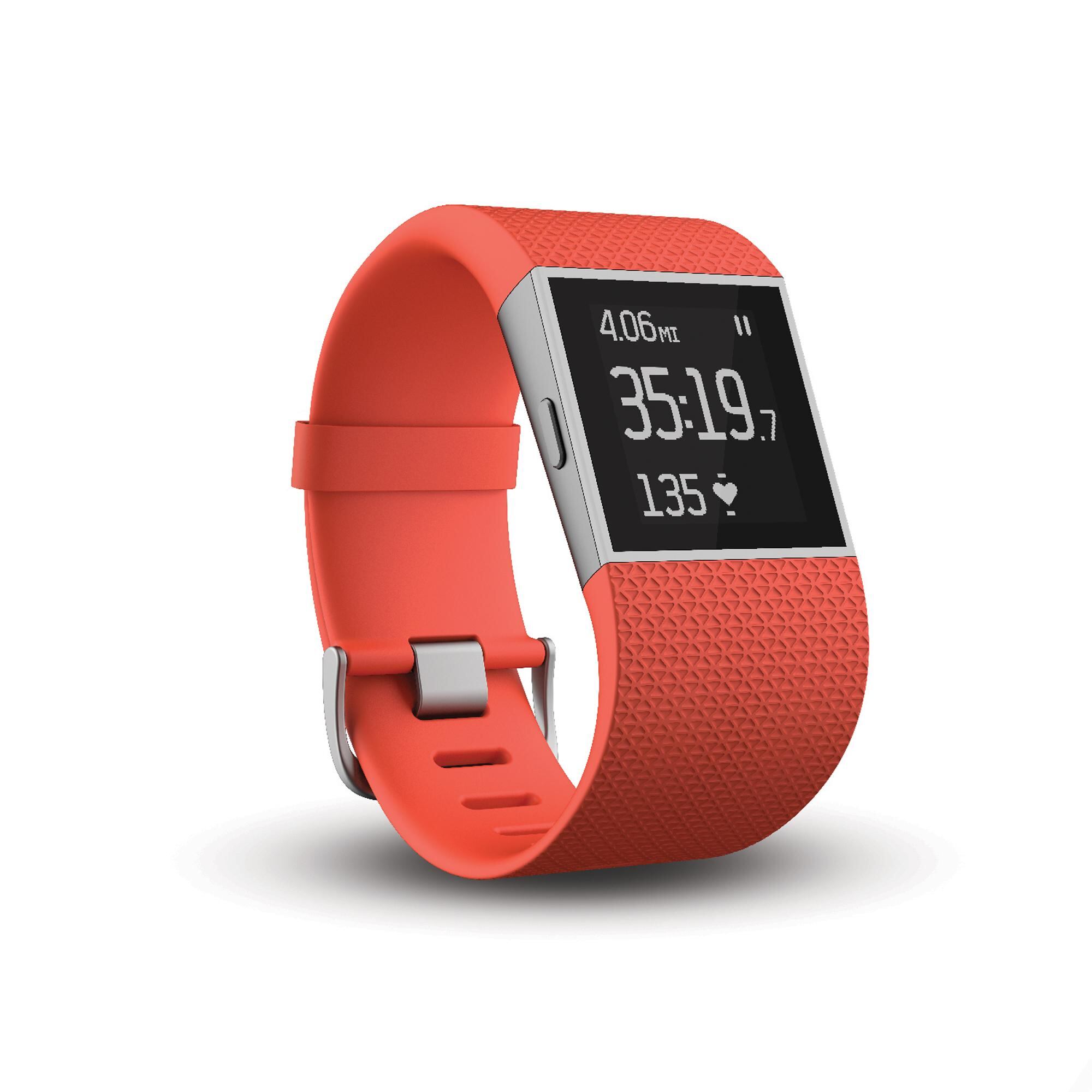
Fitbit Surge
Photo Credit: Fitbit
But the Band's battery life doesn't cut it for heavy exercise. I outlasted the Band for three 26.2-mile races. By contrast, the Surge lasted each race with plenty of charge to spare. Under normal use, the Surge lasts up to a week.




